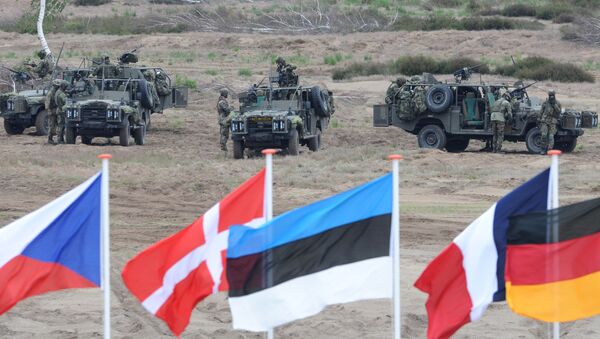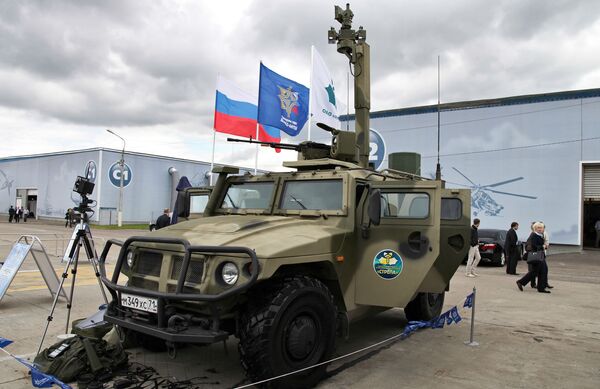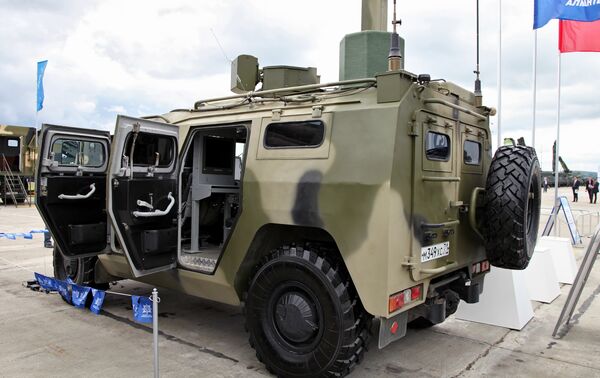Amid NATO’s increased military activities near Russian borders, Moscow has announced the creation of two new units in the Western Military District (in Smolensk and Voronezh) as well as a new division in the South Military District (Rostov-on-Don).
At the same time, along the Russian borders with Finland, the Baltics and Poland Russia is now deploying Sova anti-intrusion networks. This equipment allows the surveillance and monitoring of several moving targets and their trajectories.
The Sova-SBRM (stands for Combat Surveillance Vehicle) is operated by a group of servicemen. It is based on the chassis of the GAZ-233036 Tigr combat vehicle.
The Sova-SBRM is equipped with up to 50-80 magnetic, seismic and acoustic sensors. The sensors can be integrated into a network in designated areas and are controlled remotely. Each sensor is designed to recognize the frequencies of a number of sound vibrations, including those produced by helicopters, aircraft and armored vehicles.
The vehicle itself is equipped with a telescopic antenna, with an operational range of 40 km. It also has an eight-channel electro-optical system comprising video cameras, thermal imaging devices and laser range finders.
The crew of the vehicle also operates two mini-drones, with a flight time of 60 minutes.
The Sova-SBRM was designed and produced by the defensive company Almaz-Antey in the city of Tula. It underwent tests in 2013-2015. It was deployed to the Hmeymim airbase in Syria as part of its defense system.






